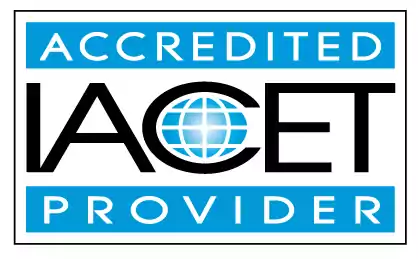Describe the steps to use when collaborative coaching with teachers are not a match.
Not all collaborative coaching with teachers is a match. Learn the steps to identify when it's not working and how to address challenging behaviors in this early childhood education and child care center guide.Trainings incorporating this outcome
CDA Subject Areas
Proficiency Level
States
Alabama (2) Alaska (2) Alberta (2) Arizona (2) Arkansas (2) Australia (2) California (2) Colorado (2) Connecticut (2) Delaware (2) District of Columbia (2) Florida (2) Georgia (2) Hawaii (2) Idaho (2) Illinois (2) Indiana (2) Iowa (2) Jamaica (1) Kansas (2) Kentucky (2) Louisiana (2) Maine (2) Manitoba (1) Maryland (2) Massachusetts (2) Michigan (2) Minnesota (2) Mississippi (2) Missouri (2) Montana (2) Nebraska (2) Nevada (2) New Hampshire (2) New Jersey (2) New Mexico (2) New York (1) Newfoundland and Labrador (2) North Carolina (2) North Dakota (2) Nova Scotia (1) Ohio (2) Oklahoma (2) Ontario (2) Oregon (2) Pennsylvania (2) Prince Edward Island (1) Puerto Rico (2) Quebec (1) Rhode Island (2) Saskatchewan (2) South Carolina (2) South Dakota (2) Tennessee (2) Texas (2) Thailand (1) United Kingdom (1) Utah (2) Vermont (2) Virgin Islands (1) Virginia (2) Washington (2) West Virginia (2) Wisconsin (2) Wyoming (2)
120 hours courses
5 hours courses
Related Outcomes
- Describe the steps teachers should take to identifying challenging behaviors.
- Describe how to use the Strengthening Families Self-Assessment for program improvement.
- Describe positive discipline strategies to use in the classroom.
- Describe the various ways teachers can address challenging behaviors in the classroom.
- Give examples of strategies teachers can use to communicate with parents regarding challenging behaviors.
- Describe how sign language can be used as a means of communication with infants
- Describe strategies and experiences to promote collaboration between child and youth care professionals and programs and other professionals involved in the care and education of all children and youth.
- Describe nonverbal communication as it relates to coaching and mentoring.
- Describe how language is one of the many ways through which culture affects development.
- Describe strategies to incorporate mathematics into teaching practices.
- Define active play in the early childhood classroom and describe its benefits for young children.
- Describe the primary learning centers and their components.
- Describe the proper procedures of medication administration including: authorizations forms, documentation, storage, training, emergent issues, and resources.
- Describe infant/toddler nutritional needs
- Define differentiated instruction in early childhood education and describe how it may look in the classroom.
- Describe Piaget’s sensorimotor and preoperational stages of cognitive development.
- Identify strategies to facilitate learning in the early childhood classroom using various methods.
- Demonstrate an understanding of teacher vs. child directed activities.
- Demonstrate an understanding of the benefits of a coaching team.
- Describe the rights of children and families and their relation to home visiting.
 12 CEUs
12 CEUs